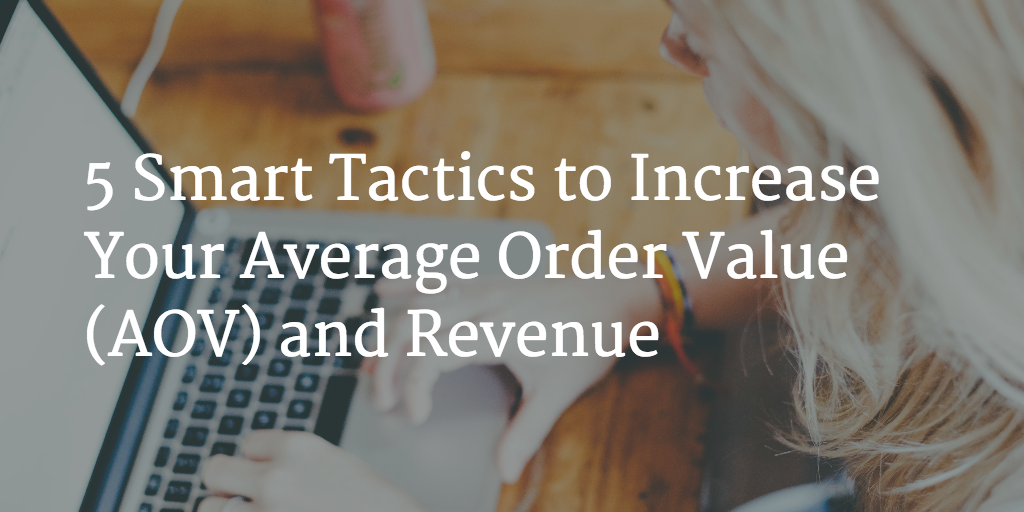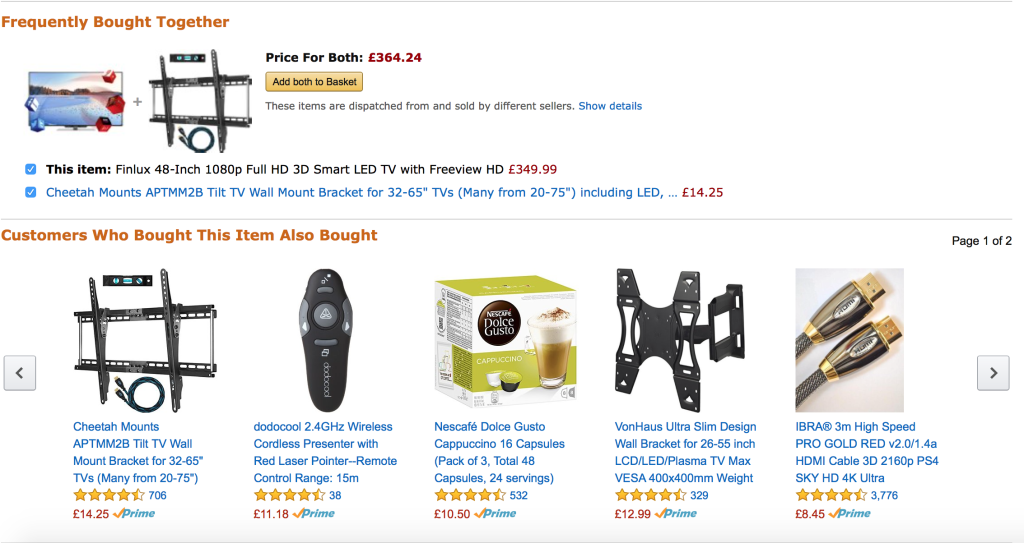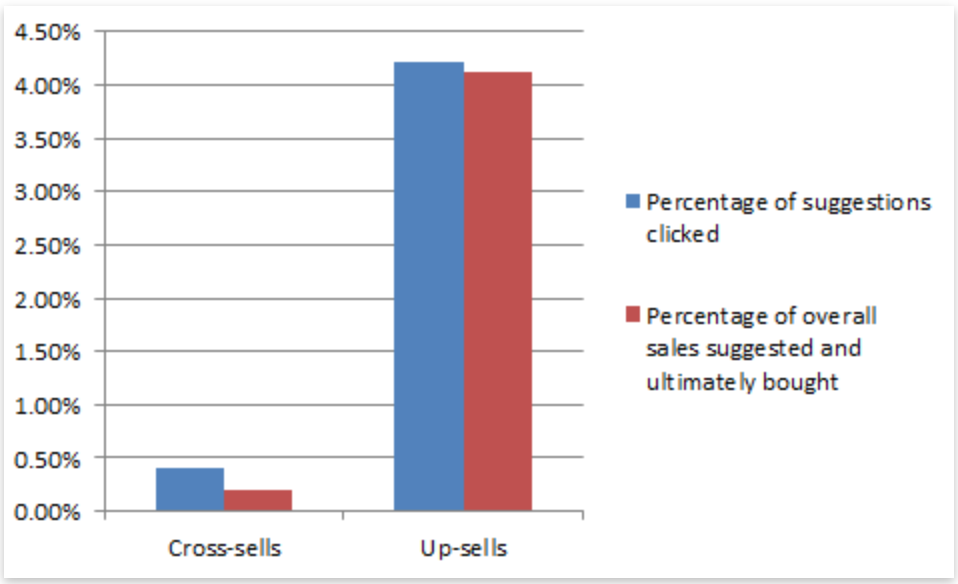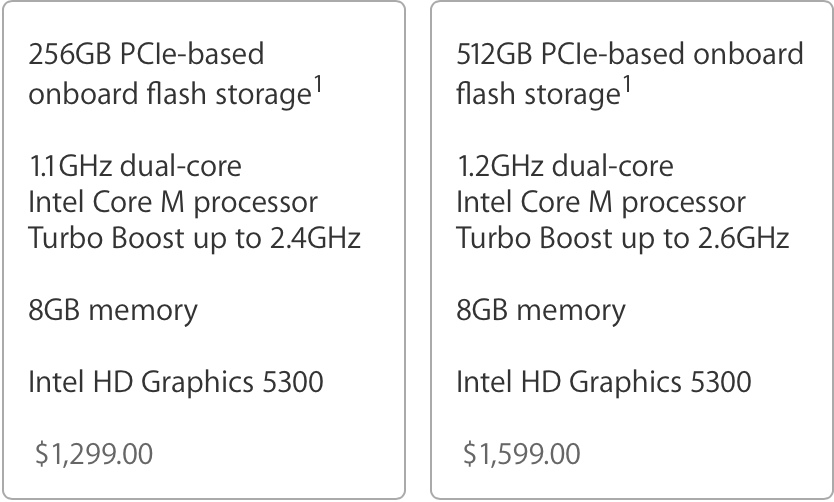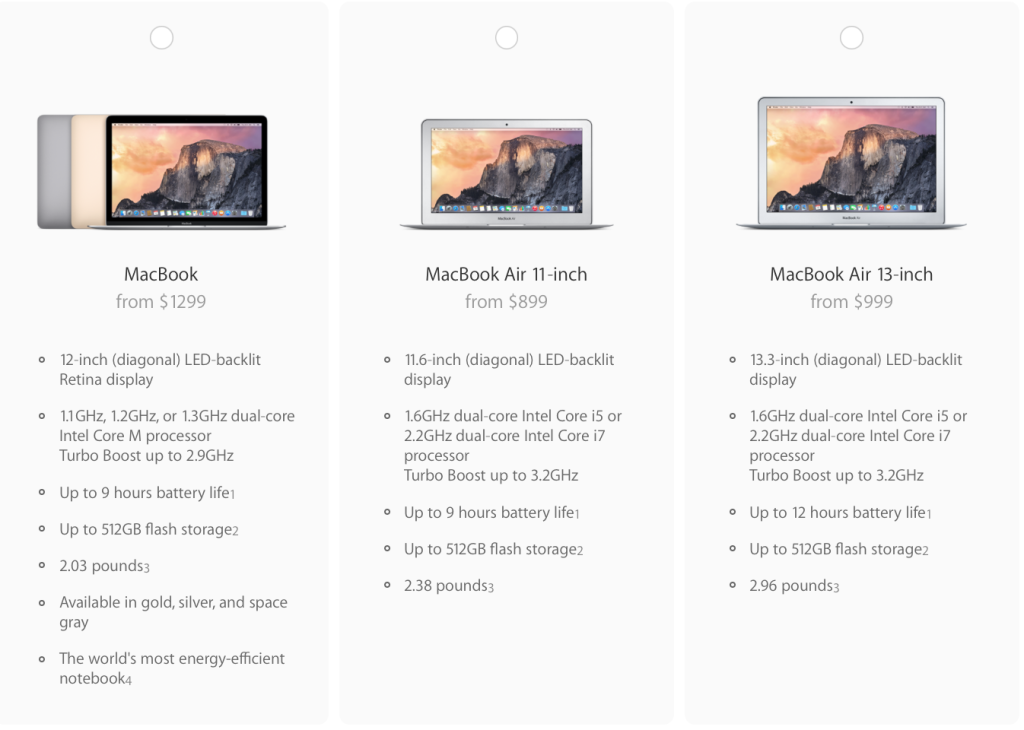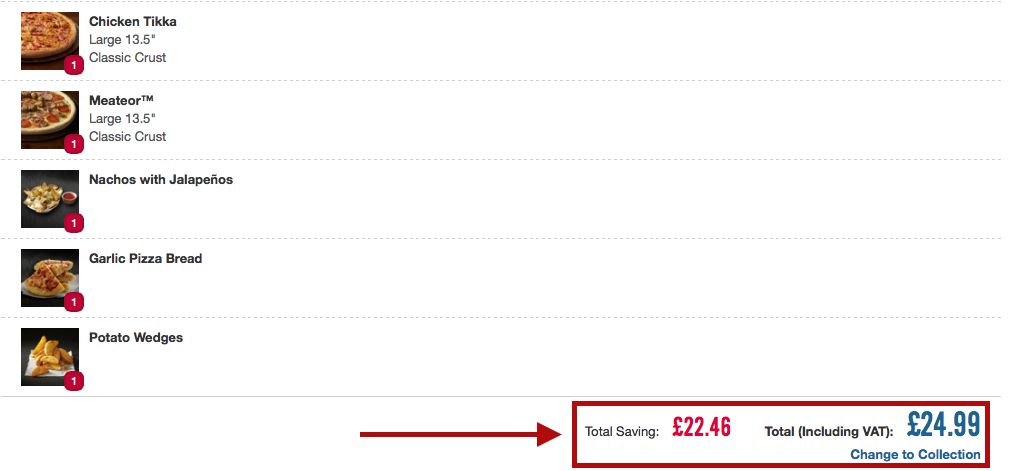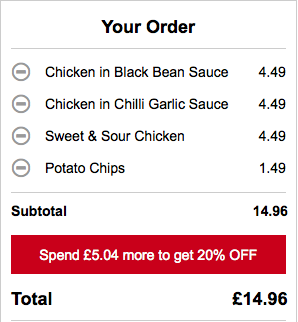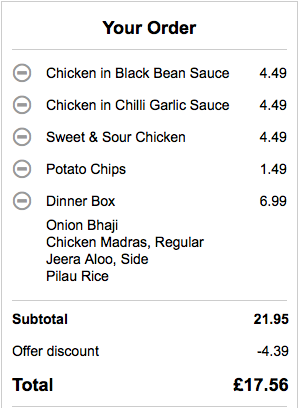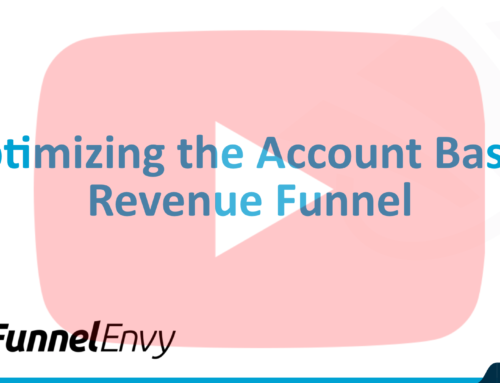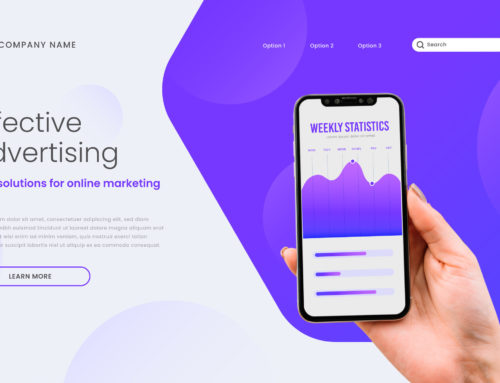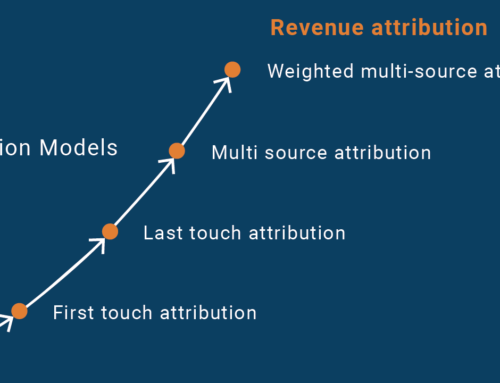You’re a smart marketer, right?
You know money’s what makes the world go round, and I’m sure you’ve got a few smart tactics to help your business earn a little more.
You probably also know that conversion rate optimization can bring one of the highest ROIs of any form of digital marketing. But a good CRO campaign doesn’t come cheap. There’s a lot of research needed. The costs of finding good copywriters and the ongoing testing fees can make the initial financial outlay quite large.
Whilst I’m a huge advocate of CRO for increasing revenue, I understand that a good campaign relies on a high level of traffic.
Those who have low levels of traffic, and aren’t quite yet at the point where they can afford an expensive traffic-building campaign, can sometimes feel a little lost. Sure you can optimize your pages for current traffic, but is a 5% lift in conversions really going to make the world of difference when you’ve only a handful of prospects?
Photo credit: Deathtostock
Perhaps, but probably not.
For those looking to increase revenue with their current customer base, CRO can provide some good gains but there’s another often overlooked method that can bring incredible results:
Average order value (AOV).
Why AOV gets overlooked so often is beyond me. Many marketers think the only way to increase revenue is to attract more customers. But thanks to the increasingly intelligent algorithms and penalties for those who unwittingly break the rules, getting your product in front of a wider audience is a difficult and long-winded task.
AOV, on the other hand, is a very quick and relatively easy way for you to see great gains in your overall revenue. And today I want to run through a few of the best ways for you to increase your AOV and earn a lot of extra cash.
Why is AOV so Important?
If there’s one thing all business owners are concerned with it’s money.
This concern often filters its way down to marketing managers with orders to increase the brand’s reach and customer base. However, optimizing the top of the funnel, lead capture or conversions elements for your site isn’t the most effective method for increasing revenue, especially over the short term.
When the boss is breathing down your neck, and you need some fast-acting, revenue-increasing methods, the crown rests with the wonderful AOV.
Let’s imagine that you run a business whose best seller is a product that costs $100. You sell around 100 of these a month which brings in a respectable $10,000 per month.
You decide that the best way to increase revenue is to add to your wider customer base, after all, the more leads you have, the more sales you can make, right?
So you get to work optimizing your landing pages by paying copywriters to write killer sales copy and tweaking every element of your pages to drive a few more conversions.
After months of optimization and testing, you managed to see an overall lift of 10% That gives you an extra $1000 every month. A respectable increase by any measure.
However, the campaign itself cost you both a lot of time and money. It’s going to take a while before you can say that you’ve broken even, let alone turned a profit. So what would have happened if you’d implemented a campaign to increase AOV?
Let’s look at the numbers first. We’re still earning $10,000 per month from sales of our best seller however we decide to go with the first option on this list, cross-selling.
For every $100 purchase, you recommend a second, supplementary item worth $30. If we assume that you hit a 35% success rate (the total of Amazon’s revenue from cross-selling) which means that 35 people every month are spending an extra $30. $30 x 35 = an extra $1050 per month.
Now I know the difference may seem negligible. But when you consider the tactics we’ll be looking at today take a fraction of the time and cost to set up compared to a CRO campaign, the winner is clear.
Increasing AOV also brings a far higher, and consistent ROI. Take this report on UK clothing brand Hacket as an example. By increasing their AOV, they’ve managed to increase their year on year revenue by 122%!
But enough about why increasing your AOV is so important, let’s take a look at how you can increase your AOV.
Cross-Selling
Cross-selling is one of the most overlooked and underused methods for businesses to increase their overall revenue. It’s a real shame considering how effective it can be.
In simple terms, cross-selling is promoting supplementary products to your customer to encourage them to spend more money in a single purchase.
You’ll likely have seen this tactic being used on Amazon in their “frequently bought together” and “people who bought this also bought…” sections.
According to various studies, these cross-selling methods account for up to 35% of Amazon’s overall revenue.
However, effective cross-selling isn’t just a case of choosing a secondary product and pushing it to your customers. As with everything related to conversions, it’s all about providing value.
You need to ensure the product you’re offering provides extra value or adds to the usefulness of the primary purchase. Otherwise, there’s no reason your prospects should buy your secondary offering.
Up-selling
Instead of recommending supplementary products as with cross-selling, up-selling aims to increase AOV by fully replacing your customers first product choice with a similar, yet more expensive option.
Common sense dictates that asking for extra money isn’t going to go well for you. However, the data tells a different story. According to eConsultancy, up-selling is actually 20x more effective than cross-selling.
So the question we all want to be answered is, how do you successfully up-sell your products? Well, whilst there’s many different methods, there’s one psychological principle that helps supercharge your up-selling campaign.
FOMO or the fear of missing out.
The general approach to instilling a little FOMO is to add product limits or a limited time offer to your offers. However, when used correctly, you can couple FOMO with product features and benefits to up-sell the hell out of your products.
Apple uses FOMO to great effect on both specific products and overall comparison pages.
Macbook Page
Comparison Page
Buying a new Macbook isn’t a cheap purchase, so you’re going to want the much bang for your buck possible. Apple knows this, and they play on our FOMO to influence our purchasing decisions for their benefit.
Take a look at the first screen cap above. The majority of us won’t need anything other than the base model for a Macbook. But hold on, for an extra $300 I can double the flash storage and have more processing power. Do I really need to pay $300 extra for a slightly faster machine? No. But am I afraid of purchasing the lesser product and later regretting my decision? You bet I am.
It’s a sentiment reiterated on the comparison pages. I’d likely survive quite well with a Macbook air 11 inch. But the handful of extras for the 13 inch make me wonder if I really should spend the extra $100 for what is, essentially, peace of mind.
Of course there are many ways that you can up-sell your products. Pop-ups, sidebar recommendations or using a tier/comparison system like Apple.
However, if you want to see high success rates take note of Apple’s approach and feature features and benefits, so people know what they’re getting for that little bit of extra cash.
Payment Thresholds
Adding a discount threshold to your products is one of the oldest tricks in the book. It’s a tactic you’ll see everywhere from supermarkets to eCommerce. They’re so pervasive in modern marketing that I managed to find the below three examples in under five minutes.
The aim of any business is to sell as many products as possible. Of course, simply asking your prospects if they’d like to spend more of their money on your merchandise isn’t likely to yield a favorable result.
However, incentivizing that extra purchase by attaching a discount to it creates a win/win situation for all involved. The prospect pays double to save 10% overall, and you get a nice increase on that particular order.
Sure you’re losing out on 10% or have to fork over the shipping costs, but your overall revenue goes up, which is all that really matters, right?
Cash Back Offers
When you’re looking at conversions you’ve got to not only focus on the immediate sale but also increasing the lifetime customer value. Making a sale today is winning the battle, getting your prospects to keep coming back is winning the war.
Thankfully there’s a tactic you can employ to increase the likelihood of both.
You can adapt the threshold offer outlined above also to encourage a repeat purchase. Instead of offering a 10% reduction on a purchase of $40 or over today, you promise to apply it to their next purchase.
If you’re smart, you’ll hand over your 10% off your next purchase via email so you can also collect a few email leads for future sales opportunities.
Display Cost Savings
What tops the list of consumer wants when shopping?
It’s not a pleasurable experience, finding just what they were looking for or even receiving great customer service. What we all want when shopping is the best value for money.
But value for money can be interpreted in a number of ways. The most prevalent among them is getting good bang for your buck. However, accurately demonstrating good value for money isn’t as easy as it may sound.
According to a study by the Journal of Marketing, consumers find it difficult to identify the best deal. When presented with the option to receive 33% off the price of a product, or to pay the same but receive 33% more, they invariably chose the worse option of receiving more for the same price. (Don’t worry, I know the maths is difficult but it’s all explained int he linked article).
Now this doesn’t directly relate to AOV. However, what is interesting is how the majority of survey subjects were unable to identify a good deal when they saw it. Especially considering that getting good value for money can be the difference between a purchase and them exiting your site.
You need to make the potential savings of your products highly visible for your prospects. Without doing so, there’s a good chance they could misunderstand what a great deal you’re offering and abandon their cart at the last stage of your funnel.
Domino’s uses it to great effect on their deals page, effectively upping your AOV by providing cross-selling bundles.
When I look at the above, my immediate reaction is what a great deal I’m getting. Any friction I may have experienced at having to spend £25 is alleviated thanks to that total saving display. I see that and instead of thinking about the £35, I instead think of how I’m getting nearly 50% off my total order.
For a different approach that works incredibly well with payment thresholds, you should check out Just Eat. They display a “countdown timer” of sorts which keeps a running track of how close you are to the threshold. It’s a great little motivator for increasing the value of your order.
Once you hit that threshold, they replace it with a display of exactly how much you’ve saved.
The final display works int he same way as Dominos to alleviate any potential friction. However, it’s their running tally that is the game changer as it convinces customers to spend until they reach the threshold.
Conclusion
AOV can be one of the most effective methods for increasing your revenue.
The next time you want to increase overall revenue and profits, don’t take the well-worn path of attracting new leads. Instead, focus on how you can increase the value of the sales you’re already making.
It’s a far easier, faster and profitable method of increasing revenue.
So what method from the list would work best for your business? Or do you have another take on increasing AOV that’s not been covered? Let us know in the comments below of your opinion when it comes to increasing AOV.

